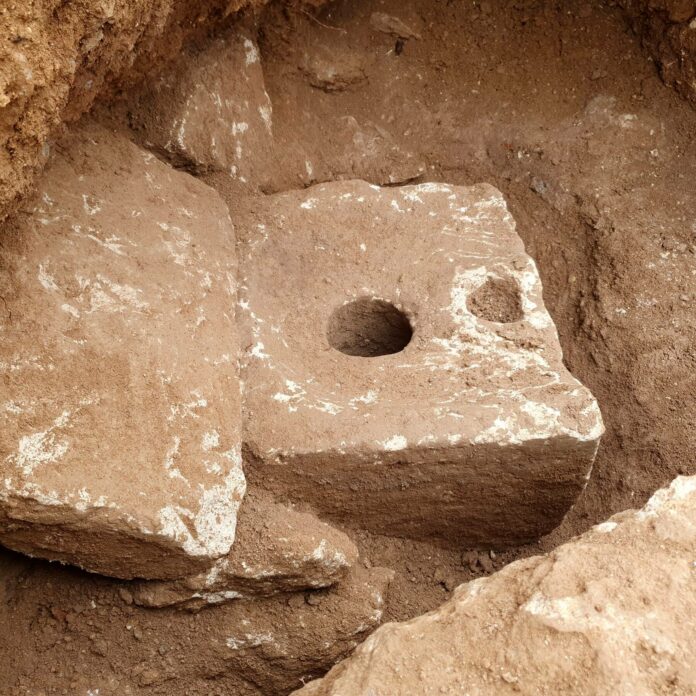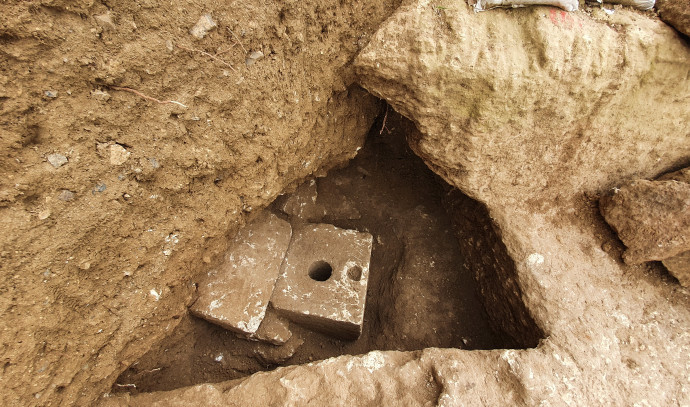The need to go is as old as time, and so are the challenges that come with it. Recent archaeological discoveries have shed light on the health struggles of ancient elites in Jerusalem through the study of a 2,700-year-old luxury toilet. This ancient restroom, found at the Armon Hanatziv Promenade, offers more than just a glimpse into the daily lives of the wealthy—it reveals the prevalence of parasitic infections that plagued even the most privileged individuals of Biblical times.
The Discovery and Its Significance
In a study published in the International Journal of Paleopathology, researchers found evidence of numerous intestinal parasite eggs in this ancient toilet. Sediment samples from the site revealed the presence of roundworm, tapeworm, whipworm, and pinworm eggs. Dafna Langgut of Tel Aviv University, who led the study, explained the implications of these findings.
“Intestinal worms are parasites that cause symptoms like abdominal pain, nausea, diarrhea, and itching,” Langgut noted. “Some of them are especially dangerous for children and can lead to malnutrition, developmental delays, nervous system damage, and, in extreme cases, even death.”
Parasitic Infections Among the Elite
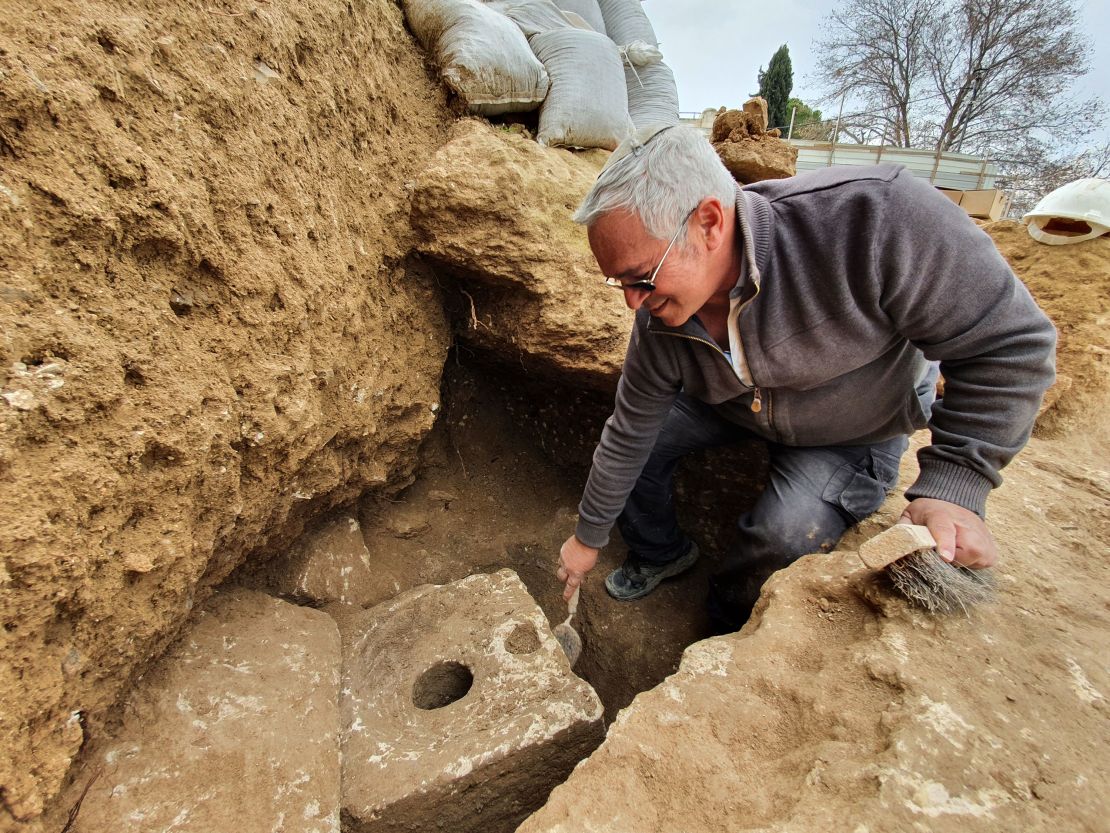
Despite the luxurious nature of the site, with its sweeping views of the City of David and the Temple Mount, the presence of these parasites indicates that even the elite were not spared from rampant infections. The lack of modern medicine meant they likely suffered from these conditions throughout their lives. Poor sanitary conditions, fecal contamination of food and water, the use of human feces to fertilize crops, and the consumption of undercooked meat were common ways these parasites spread.
The Role of Archaeoparasitology
Langgut, who is pioneering a new field of research called archaeoparasitology to understand ancient parasitic infections and diseases, made this discovery by examining sediment under the toilet. After collecting samples, she chemically extracted the eggs and studied them under a light microscope.
“The findings of this study are among the earliest observed in Israel to date,” Langgut explained. “These are durable eggs, and under the special conditions provided by the cesspit, they survived for nearly 2,700 years.”
The Luxury of Ancient Toilets
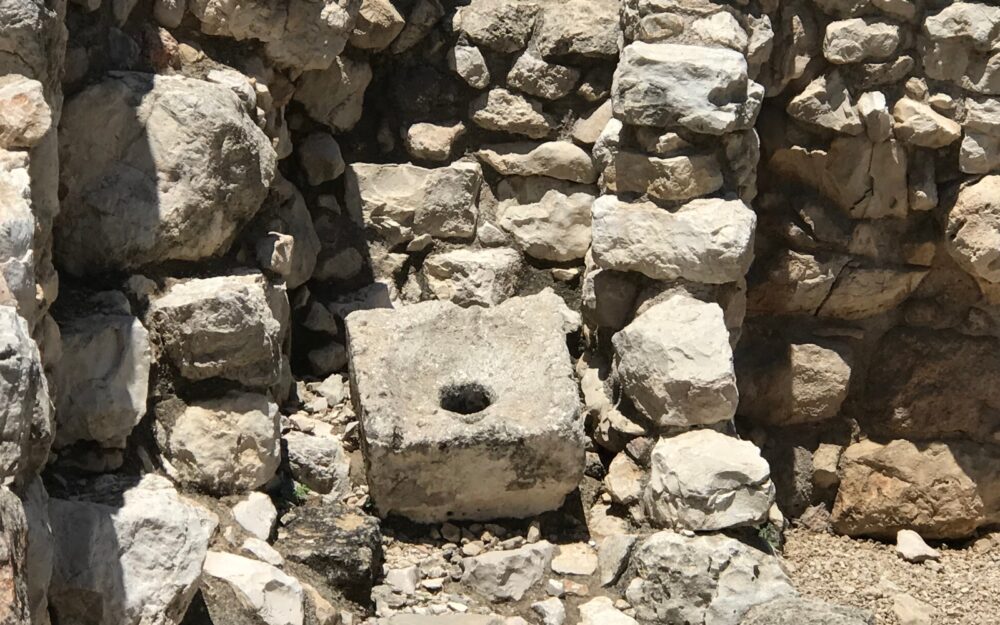
The toilet itself was first discovered last year as archaeologists examined the seventh-century Armon Hanatziv site. Alongside magnificent stone artifacts and a spectacular garden with fruit and ornamental trees, archaeologists found a square limestone installation with a hole in its center. Initially doubted by some for its intended use, Israel Antiquities Authority (IAA) archaeologist Yakov Billig, who directed the excavation, immediately recognized it as a toilet.
“Toilet facilities were extremely rare at that time and were a status symbol—a luxury facility that only the rich and high-ranking could afford,” said Langgut and Billig in a statement. The Talmud reflects this sentiment, noting, “Who is wealthy? … Rabbi Yosef says: Anyone who has a bathroom close to his table” (Bavli Shabbat 25: 2).
Insights from Parasitic Eggs
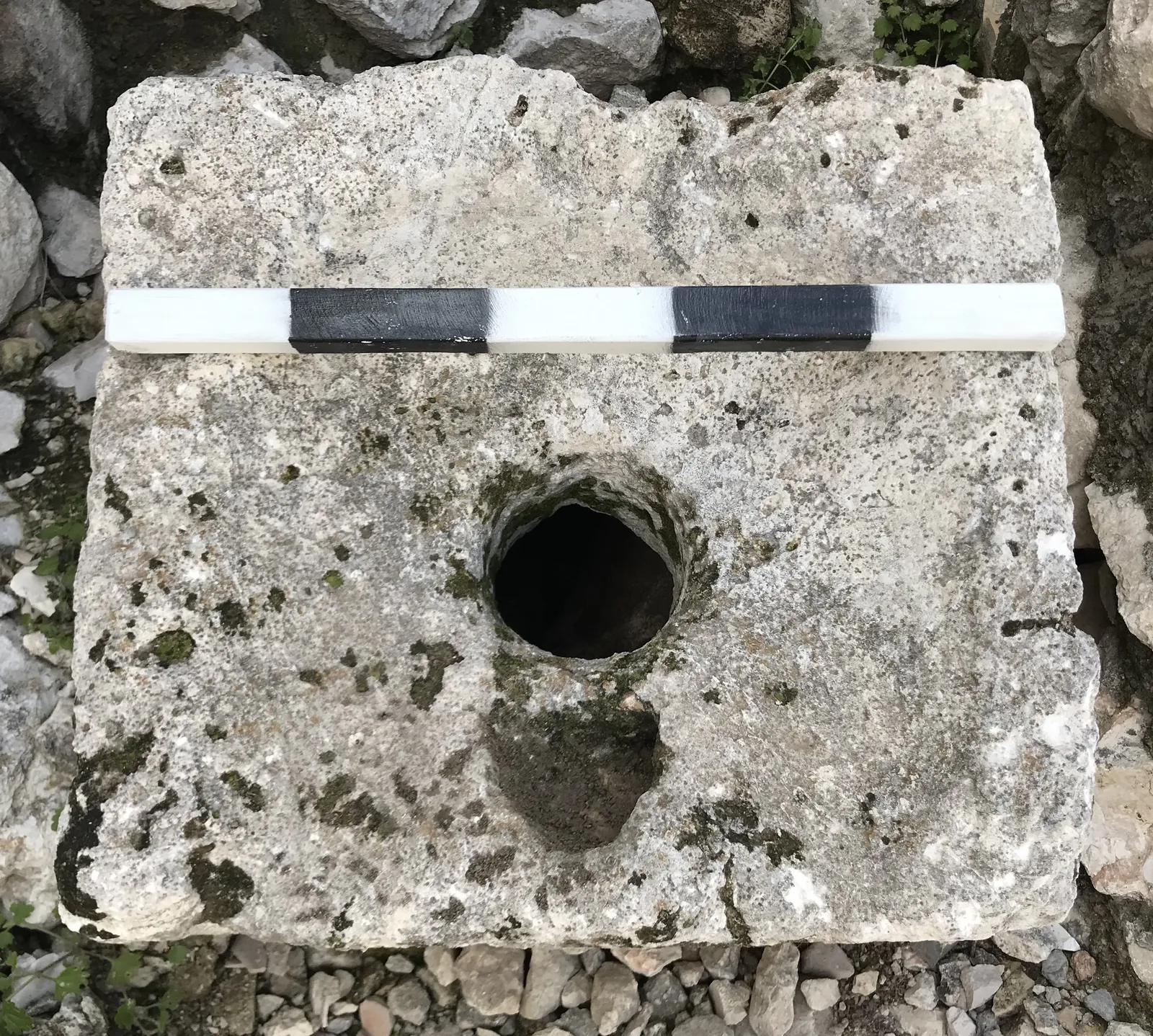
More fascinating than the toilet itself are the parasitic eggs it contained. Studies like this help document the history of infectious diseases in the region and provide a window into the lives of ancient people. Eli Escozido, director of the IAA, emphasized the value of such finds in understanding daily life in antiquity. The new research “manages to touch on the finest details of everyday life in antiquity,” Escozido remarked.
Future Research and Conclusions
Langgut hopes to extract even more insights about life in seventh-century Jerusalem from the garden toilet. Having identified the parasitic remains in the cesspit, she aims to further analyze the sediment to learn about ancient diets and medicinal herbs used at the time. To some, a toilet may be just a toilet. But to archaeologists like Langgut, they are treasure chests of historical information.
In conclusion, the study of this 2,700-year-old toilet provides a unique perspective on the health and daily lives of ancient elites in Jerusalem. It highlights the prevalence of parasitic infections and underscores the importance of archaeological research in uncovering the intricacies of ancient civilizations. This discovery not only enriches our understanding of history but also offers a humbling reminder that certain human experiences, such as illness, are universal and timeless.
